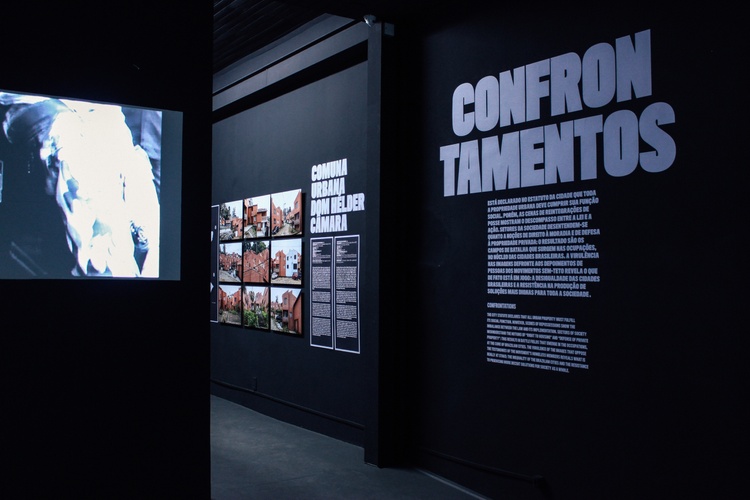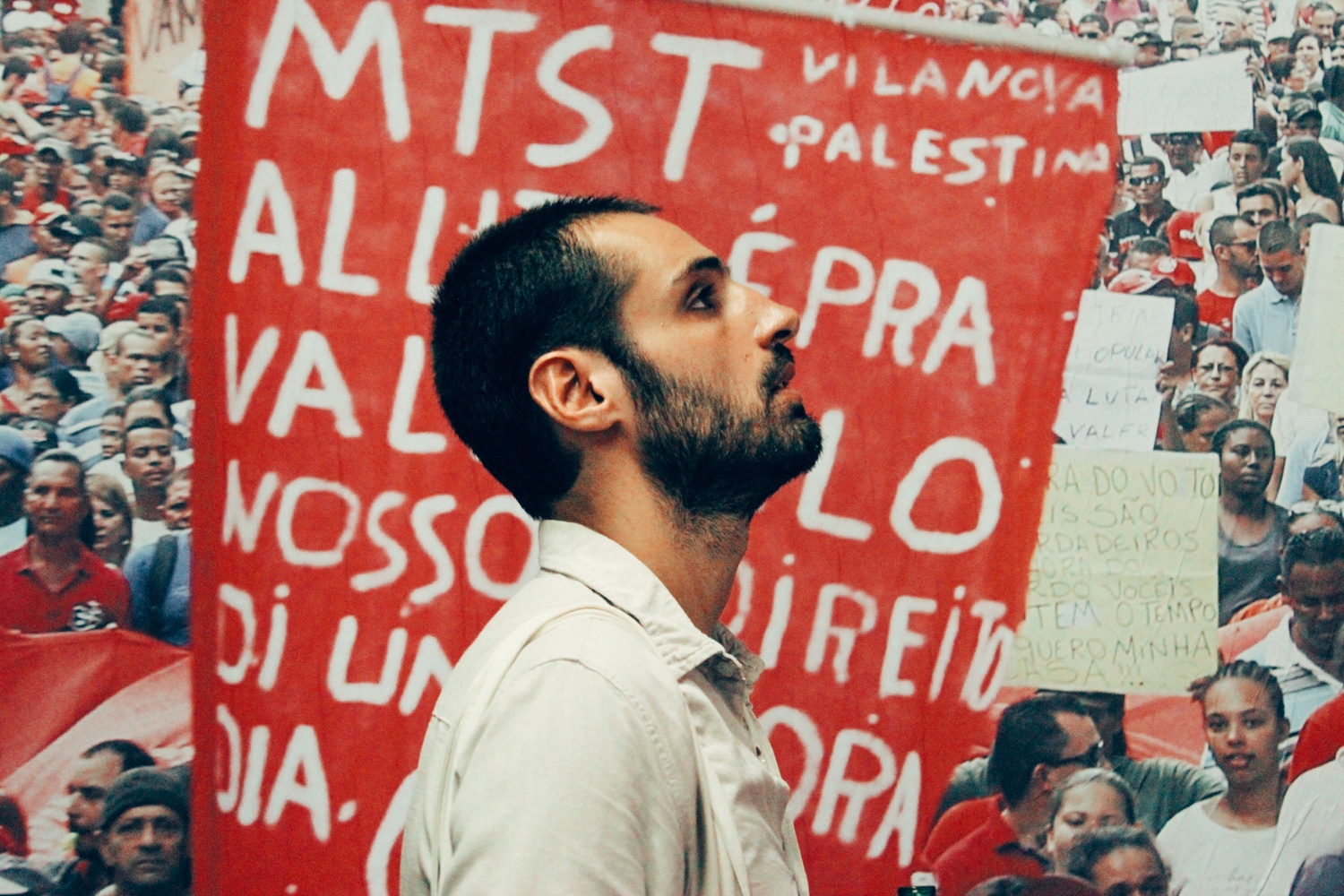A
AIA CES Credits
AV Office
321M Fayerweather Hall
Abstract Publication
415 Avery Hall
Academic Affairs
400 Avery Hall
Academic Calendar, Columbia University
Academic Calendar, GSAPP
Admissions Office
407 Avery Hall
1172 Amsterdam Avenue
New York, New York 10027
Advanced Standing Waiver Form
Must be printed and returned to 400 Avery Hall
Alumni Board
Alumni Office
405 Avery Hall
1172 Amsterdam Avenue
New York, New York 10027
Architecture Studio Lottery
Assistantships
Avery Library
300 Avery Hall
1172 Amsterdam Avenue
New York, NY 10027
Avery Review
Avery Shorts
B
Black Student Alliance at Columbia GSAPP
Building Science & Technology Waivers
Bulletin Archive
C
Career Services
300M Avery Hall
Columbia Books on Architecture and the City
Commencement
Communications Office
415 Avery Hall
Conversations podcast
Counseling and Psychological Services
Courses
Credentials Verification
Credit Transfer
Cross Registration
D
Dean’s Letter
Dean’s Office
402 Avery Hall
1172 Amsterdam Avenue
New York, NY 10027
Development Office
404 Avery Hall
Directory of Classes (All Columbia University)
Disability Services
Dodge Fitness Center
3030 Broadway Dodge
Dual Degree Program Requirements
E
End of Year Show
Events Office
415 Avery Hall
External Funding Sources
F
Faculty Directory
Feedback
Finance Office
406 Avery Hall
Fitch Colloquium
Future Anterior Journal
G
GSAPP Community Fellowship Program
GSAPP Emergency Fund
GSAPPX+
Grades
Graduation
Graphics Project
H
Honor System
Human Resources
Hybrid Pedagogy Resources
I
IT Helpdesk Ticket, GSAPP
IT Office, GSAPP
IT, Columbia University (CUIT)
Identity
Incubator Prize
International Students and Scholars Office (ISSO)
N
News and Press Releases
Newsletter Sign Up
Non-Discrimination Statement and Policy
O
Onera Prize for Historic Preservation
Online Admissions Application
GSAPP Admissions 407 Avery Hall
Output Shop
116 Avery Hall
1172 Amsterdam Avenue
New York, NY 10027
Ownership of Student Work Policy
P
Paris Prize, Buell Center
Paul S. Byard Memorial Lecture Series
Percival & Naomi Goodman Fellowship
Plagiarism Policy
Policies & Resources
Press Releases
Publications Office
415 Avery Hall
1172 Amsterdam Avenue
New York, New York 10027
R
Registration
Registration: Add / Drop Form
Room Reservations
S
STEM Designation
Satisfactory Academic Progress
Scholarships
Skill Trails
Student Affairs
400 Avery Hall
Student Awards
Student Conduct
Student Council (All Programs)
Student Financial Services
Student Health Services at Columbia
Student Organization Handbook
Student Organizations
Student Services Center
205 Kent Hall
Student Services Online (SSOL)
Student Work Online
Studio Culture Policy
Studio Procedures
Summer Workshops
Support GSAPP
(english)
At the start of the millennium, the former CCPL milk plant was squatted by families who came from nearby favelas, or from housing complexes located in a good distance from that part of the North Side of the city. There was a rough intelligence in the installation of improvised facilities and in the distribution of the dwellings, collective areas, social equipment and commercial space. What emerged as an urban alternative demanded a structuring that never came to pass: the industrial building was demolished, giving rise to an uninspired “Minha Casa Minha Vida” complex.
A short time after, the Cities Statute was sanctioned - this is a federal law that regulates the social function of properties. However, these regulations have not materialized, such that the housing problem and fair access to the city are issues that are still far from being resolved. Since then, squats have proliferated around Brazil. The social movements for housing have strengthened their ideas and their organization with participatory processes which have at times involved architects and urban planners.
While the public discussion around housing has largely continued to focus on favelas and on the MCMV, squats have emerged as an alternative for collective housing that directly addresses urban problems in the country. The Fight, Squat, Resist: Housing Alternatives of the Social Movements exhibit deals with this controversial topic, aiming to provide an understanding of these processes and how they can inform the planning and construction of cities.
With the voices of the leaders of three important housing movements, the exhibit starts off showing objectives, strategies, victories and political and urban visions. It continues to the “Day of Celebration” and daily life in the Manuel Congo Squat, in the Cinelândia neighborhood. It then moves on to exemplary cases of participatory architectural design in the cities of Rio de Janeiro, Sao Paulo and Belo Horizonte. Finally, it ends by revealing the paradoxes between the testimonies of the residents of the squats and the harsh reality they face.
As part of the Housing the Majority initiative by Studio-X’s global network, the content of the exhibition display comes from interviews and site visits. The use of primary sources was prioritized on purpose. The intent is to inform people around the actions and methods by popular housing movements, in order to offer spectators the freedom and responsibility to form their own opinions on this latent issue in Brazilian cities.
(português)
Na virada do milênio, a antiga fábrica de leite CCPL foi ocupada por famílias vindas de favelas próximas ou conjuntos habitacionais distantes daquela área da Zona Norte. Havia lá uma áspera inteligência na implantação de improvisadas instalações e na distribuição das moradias, espaços coletivos, equipamentos sociais e comércio. O que despontava como uma alternativa urbana demandava uma estruturação que nunca ocorreu: o prédio industrial foi demolido, dando lugar a um pouco inspirador conjunto Minha Casa Minha Vida.
Pouco após foi sancionado o Estatuto das Cidades, lei federal que regulamenta a função social da propriedade. Entretanto, tais normativas não se efetivam, escancarando que o problema habitacional e o justo acesso à cidade são questões ainda longe de uma solução. Desde então, as ocupações se espalharam pelo Brasil. Os movimentos sociais de moradia fortaleceram suas ideias e sua organização com processos participativos que, por vezes, envolveram arquitetos e urbanistas.
Enquanto, em grande medida, a discussão pública sobre habitação perdura concentrando seu foco nas favelas e no MCMV, as ocupações emergiram como uma alternativa de moradia coletiva que responde diretamente aos problemas urbanos nacionais. A exposição Lutar, Ocupar, Resistir: As Alternativas Habitacionais dos Movimentos Sociais trata deste controverso tema, visando compreender esses processos e como eles podem instruir no planejamento e na construção das urbes.
Com as falas de lideres de três importantes movimentos de moradia, a exposição inicia mostrando objetivos, estratégias, conquistas e visões políticas e urbanas. Prossegue com o Dia de Festa e o cotidiano da Ocupação Manuel Congo, na Cinelândia. E continua com exemplares projetos arquitetônicos participativos nas cidades do Rio de Janeiro, São Paulo e Belo Horizonte. Por fim, revelam-se os paradoxos entre os depoimentos de moradores das ocupações e a dura realidade que confrontam.
Parte da iniciativa Housing the Majority da rede global Studio-X, o conteúdo desta mostra provém de entrevistas e visitas de campo. Não é fortuita a priorização do uso de fontes primárias. Pretende-se informar a respeito de ações e métodos de movimentos de habitação popular, de modo a oferecer ao espectador a liberdade e responsabilidade de formular sua própria opinião sobre esta questão latente nas cidades brasileiras.
OPENING DAY






























